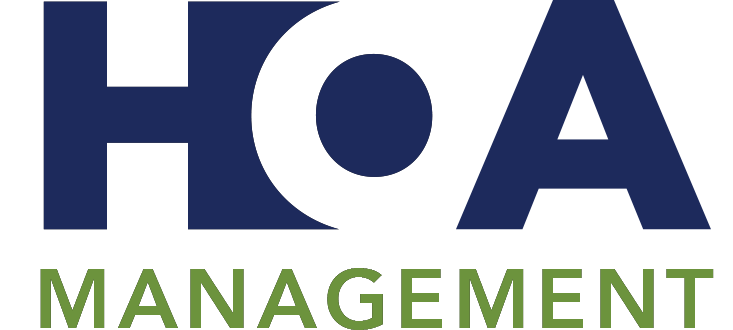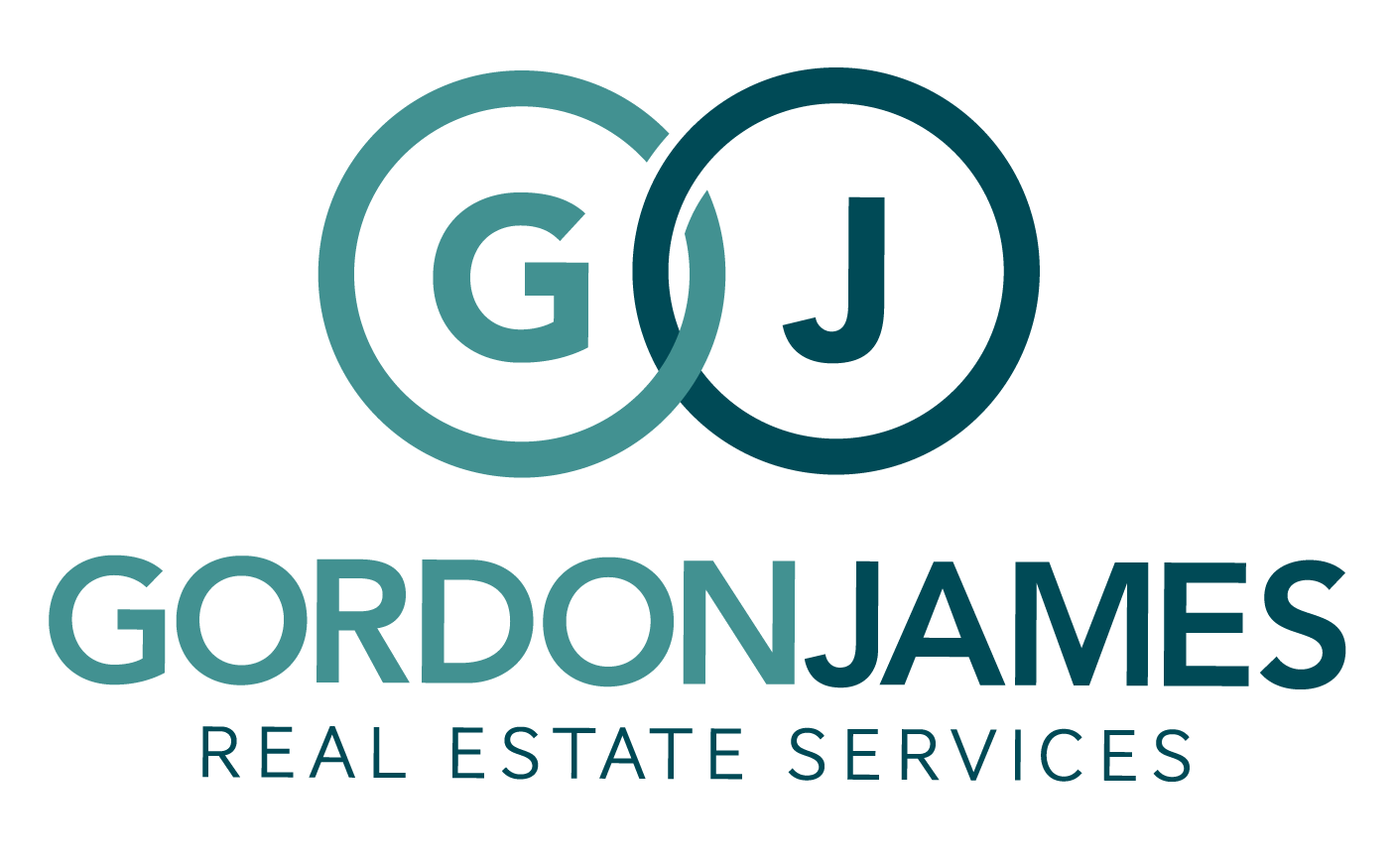What To Know About Robert’s Rules Of Order Motions

Within Robert’s Rules of Order, motions play a significant role. They contribute to the smooth functioning of meetings by allowing members to propose topics or actions. However, grasping the fundamentals of crafting and amending motions can be challenging, especially for those new to the game.
Browse By Category
Sign up for Our Newsletter
Within Robert’s Rules of Order, motions play a significant role. They contribute to the smooth functioning of meetings by allowing members to propose topics or actions. However, grasping the fundamentals of crafting and amending motions can be challenging, especially for those new to the game.
Robert’s Rules of Order: Motions Defined
Motions are instruments that promote the efficient and seamless execution of organizational business. They offer a means to introduce, address, and promptly resolve matters, guaranteeing effective procedural management and addressing urgent issues.
According to Robert’s Rules of Order, the types of motions are:
- Main motions
- Subsidiary motions
- Privileged motions
- Incidental or secondary motions
- Motions that bring a question again before the assembly
The concept of addressing one business item at a time involves assigning a hierarchy to main motions, subsidiary motions, and privileged motions. As motions are made, you ascend the ladder, and you descend the ladder during the voting on pending motions.
Here is a definitive ranking of motions in Robert’s Rules of Order:
- Fix the adjournment time
- Adjourn
- Call for a recess or break
- Question of privilege
- Call for the day’s orders
- Table
- Previous question
- Limit or extend the debate’s limits
- Postpone to a certain time
- Commit
- Amend
- Postpone indefinitely
- Main motion
Main Motions
The main motion is the category for introducing new business. There are two sub-categories under main motions: motions that introduce new business and incidental main motions.
Motions That Introduce New Business
A main motion introduces new business to the assembly when no other business is under discussion. It needs a second, is debatable and amendment, and requires a majority vote for adoption.
Main motions are usually presented in the affirmative. If members collectively decide against undertaking a proposed action, there is typically no need for a motion to state the negative. However, if a subsidiary body can take action without approval from the membership, a motion can be made to prevent such action. An assembly may only discuss one main motion at a time. Secondary motions, though, take precedence over main motions.
The responsibility for a main motion rests with the member proposing it until the chair restates it before the assembly. Before this restatement, the motion’s maker can withdraw or amend it without obtaining permission from the assembly. However, once the chair introduces the main motion to the assembly, it becomes the assembly’s property. This means the assembly decides whether to approve, delay, or amend.
The democratic process enables the assembly to amend motions, even if the person who made the motion disagrees. Once the motion is before the assembly, alterations don’t require the permission of the motion maker.
Incidental Main Motions
An incidental main motion comes into play when there is no pending business, focusing exclusively on procedural matters rather than introducing new subjects. Key terms such as ratify, adopt, limit, or recess indicate incidental main motions. For example, a member might suggest adopting committee report proposals or ratifying actions taken without a quorum.
The motion for ratification proves valuable when affirming actions taken in emergencies, without a quorum, or when officers exceed their instructions. A second is required, and it is open to debate. Furthermore, it needs a majority vote.
Ensuring that the ratification process aligns with the organization’s bylaws and governing documents is crucial. Additionally, this motion can be subject to amendments, providing an alternative to the motion to censure. Censure expresses disapproval of members or officers without expelling them, is debatable, and typically involves a secret ballot vote.
Secondary Motions
Secondary motions support the main motions. Three types fall into this category: subsidiary, privileged, and incidental motions.
Subsidiary Motions
Designed to assist the group in managing the main motion, subsidiary motions invariably impact the main motion. These motions follow a specific order, ranging from the most crucial to the least, facilitating a focused approach to addressing one item during the meeting.
Privileged Motions
Handling matters unrelated to the current main motion, privileged motions address urgent issues of immediate importance in a business meeting. Due to their time-sensitive nature, they demand swift attention and hold higher precedence than subsidiary motions. Privileged motions are not open to debate, though some may undergo amendments.
Upon proposal and seconding, the chair calls for an immediate vote without discussion. Similar to subsidiary motions, privileged motions adhere to a specific order for presentation and voting. If a lower-ranking motion is already under consideration, only a higher-ranking privileged motion can be introduced.
Incidental Motions
Dealing with procedural issues related to the ongoing business but not directly impacting it, incidental motions handle matters such as seeking clarification on parliamentary procedures, asking questions about the current motion, or highlighting violations of crucial rules. Incidental motions are not subject to debate and require prompt resolution. Since these motions are addressed as soon as they arise, they don’t have a rank.
Motions That Bring a Question Again Before the Assembly
The final category of motions pertains to revisiting a motion. It includes actions such as the revival of a motion temporarily set aside through the “lay on the table” motion using the “take from the table” motion. Members can employ the “reconsider” motion to review a recent vote, while dissatisfaction with a decision from a previous meeting can lead to either “rescind” the action or “amend” something previously adopted.
Within this group, there’s also the motion to “discharge a committee. This move removes a motion from committee consideration before the committee presents its final report, returning it to the assembly’s control. All these motions are initiated when no other business is pending, requiring a second and being open to debate. “Take from the table,” though, is not debatable.
For motions like “rescinding” or “amending something previously adopted” without prior notice, a two-thirds vote is required. This safeguards the voting rights of members who couldn’t attend the meeting, ensuring their protection against proposed changes without adequate forewarning.
Robert’s Rules of Order: Motions Explained
Motions empower members of an organization, including HOAs, to seamlessly introduce, amend, reject, and reintroduce business. They establish a standardized framework for conducting meetings and discussions. However, not all HOA boards are proficient in Robert’s Rules.
Up Next:
- Robert’s Rules Of Order Subsidiary Motions: What Are They?
- Understanding Robert’s Rules Of Order Privileged Motions
- What Are Robert’s Rules Of Order Incidental Motions?
Trending Now
Related Article
Sign up for Our Monthly Newsletter
Sign up below for monthly updates on all HOA Resource

















